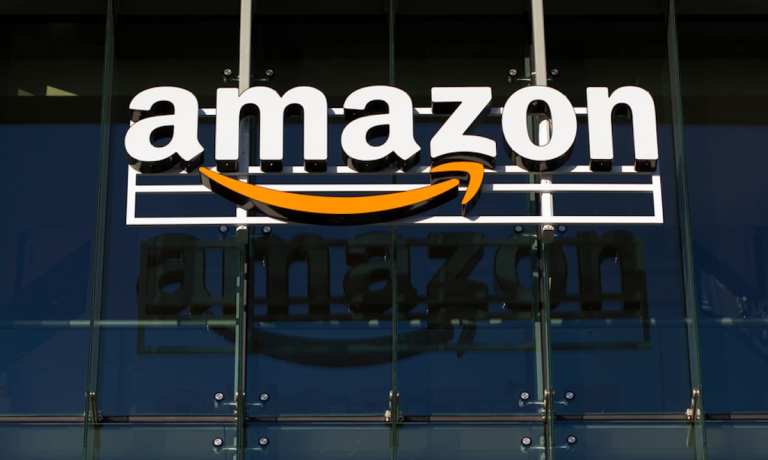“We have signed an agreement to be acquired by Amazon and are looking forward to working with them as we continue to build easy-to-use tools for entrepreneurs,” Selz CEO and Founder Martin Rushe noted in a blog post “Nothing is changing for our customers at this time, and we’ll be in touch with customers as we have further updates.”
In its home market, Selz is best known for helping small to midsize businesses (SMBs) bridge the digital divide by aiding them in processing payments and selling merchandise — a market currently dominated by Canada’s Shopify, which powers over a million commerce websites across 175 nations and saw its profits explode by 96 percent in 2020. The eCommerce platform has also signed a lot of rather attention-getting partnership agreements in 2020, including Walmart, Instacart, Facebook and TikTok, among others.
Amazon, it appears, is feeling the competitive pressure from Shopify and battling back with a little of their own — though they’ve had little to say about the announced addition, beyond confirming that it is happening. Terms remain undisclosed.
But the deal demonstrates Amazon’s increasing interest in finding ways to connect with independent merchants and bring them into Amazon’s orbit, beyond just convincing them to set up shop on their own marketplace. Amazon’s marketplace comes with a lot of consumer exposure, but also a fair number of costs in the form of commissions on each sale, as well as delivery fees. Shopify has long been considered the Amazon alternative for merchants willing to go without the steady stream of traffic Amazon can push their way in return for a bigger cut of their sales and more control over the commerce journey.
Moreover, the year 2020 represented a big opportunity for Shopify. Pandemic pressures early on left a lot of independent merchants facing massive fulfillment delays on their orders, as Amazon prioritized the shipping of essential items to customers who needed them. The move might have been called for, but it left Amazon with a host of rather disenchanted merchants in its marketplace, against a background chorus of third-party vendor complaints about the rising cost of doing business on the Marketplace platform. In response to competition from Shopify, according to Wall Street Journal reports, Amazon has created an internal team with a code name of Project Santos.
Advertisement: Scroll to Continue
Competing for the hearts and minds of the surging tide of eCommerce businesses created and propelled by the COVID-19 pandemic is big business for both firms. Amazon’s marketplace of third-party merchants produces about half of the tech giant’s “total paid units,” though that percentage has been steadily on the rise for over a decade, reaching a record high of 55 percent in Q4 of last year. Revenue from Amazon’s third-party seller services spiked 57 percent during the holiday season in 2020, all the way to $27.3 billion, accounting for 21 percent of the company’s total revenue. Small eCommerce merchants are big business for Amazon — which means the Shopify alternative represents a real threat to the dominance Amazon has developed over the last decade.
And, there are reasons to believe that in some respects, Shopify enters this race with a bit of an edge on Amazon. As New York Times contributor Yiren Lu observed in November of 2o20, “if the key to Amazon’s success has been to put the customer first, for Shopify, the key has been to put the merchant first.”
Shopify denies that it is any sort of genuine threat to Amazon or that it perceives itself as a direct competitor: CEO Tobi Lutke dismissed that notion in 2019, pointing out the vast difference in the two firms’ sizes before noting that “Amazon is trying to build an empire, and Shopify is trying to arm the rebels.”
Rebels that are notably entering 2021 more relevant than they’ve ever been, as PYMNTS data points to a consumer base that is increasingly digitized and equipped to search out new and unique commerce journeys. They’re still shopping on Amazon — and quite a lot, as Amazon’s earnings clearly demonstrate — but they’re also more willing to think a bit broader.
And with the Selz acquisition, it seems the Empire is ready to strike back with a way for merchants to play with the Amazon brand.
Read More On Amazon:




